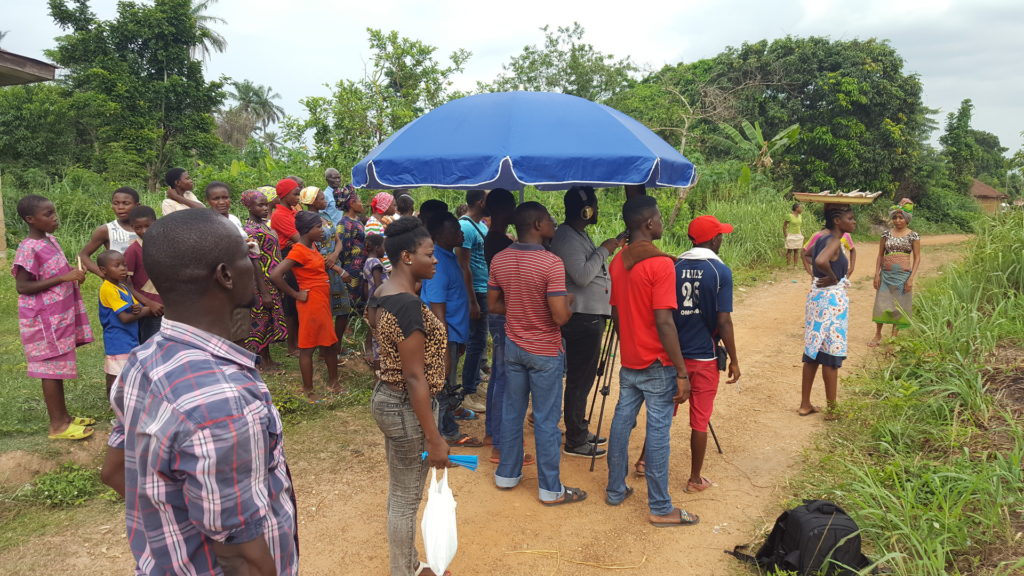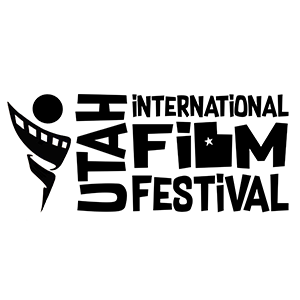ENI



“Eni” is a feature length film that follows a mute girl, Eni, who lives in a remote village in Africa. It explores themes of what it means to love and how desire often times comes with a price.
I really liked how this film was filmed in Africa. It allowed the culture to be shown and was eye-opening to say the least, because I personally haven’t seen much of the continent in recent times except for outdated documentaries on tribes from the 70’s. Not only did the setting of it allow for the culture to shine through, but also it used actors that were from there. I can’t recall ever watching a feature length film that used local villagers as lead actors or extras. It added a really nice touch to the piece and helped it stand out to be a different piece of cinema than what we have become used to as the norm. To help capture the landscape of how isolated this village was, director Ashvin Meshram, used a lot of beautiful drone footage and had a plethora of tracking shots.
However, where the film falls short is the pacing, the length, the editing, and the sound design. A lot of these elements go hand in hand with each other. The pacing felt really off because the shots would linger too long on the subject when it could have easily been cut to trim time. As much as I enjoyed looking at what was going on outside in the village, I couldn’t care much to stare at the wall beside characters in a hut while they sit in silence. I wish there were more shots to help the film move along when the camera wasn’t in the air. More shots would help with the flow of the piece so we, as an audience, don’t have to sit through multiple scenes that linger too long on one piece of information that’s not even important to the overall story.
There are multiple times when the same audio can be heard. A girl crying would end abruptly, and then repeat and not even sync up to the motions of the actress. A lot of the dialogue was muffled and was really hard to understand what was being said; let alone the thick accents of the actors. A part of me really wished that they spoke the native language of the village and subtitles would have been used because I had to stop, rewind, and resume while listening carefully to dictate what they said. And there are plenty of other times when the audio would be screechy as it was too loud at random places. It was bothersome because it was unexpected and sounds messy.
Also, with each scene, there is an underscore. And that underscore quickly becomes an overscore and ruins the scene that had a lot of potential to shine. Not only did it take me out as a viewer, but it also didn’t match the tone the film itself had throughout the piece. It became super repetitive and confused me for what it was going for.
I know this film had a budget of $100,000 and I also know with $100,000 for a budget you should be able to get sound just right. Sound makes or breaks a film, and unfortunately for this feature, it broke it. Perhaps if it was trimmed down to at least 30 minutes (all 2 hours could have easily been just that with the story it told), it would allow more time to focus on the things that really matter and more money for better sound. This movie had potential. I loved the cultural references and landscape as well as the realistic approach regarding the villagers. Sadly everything that should have shined through is left unpolished underneath a slow moving cluster of sound and editing.




